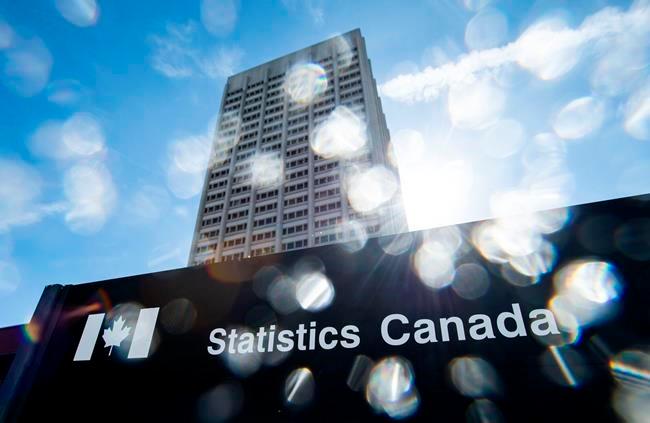Higher university subsidies don’t always result in a more educated population, a new study by a Canadian think tank has found.
The governments of Newfoundland and Labrador and Saskatchewan consistently spend the most on their universities, yet rank 10th and eighth respectively when it comes to “educational attainment” of a Bachelor’s degree or above, a newly released study by the Fraser Institute revealed.





